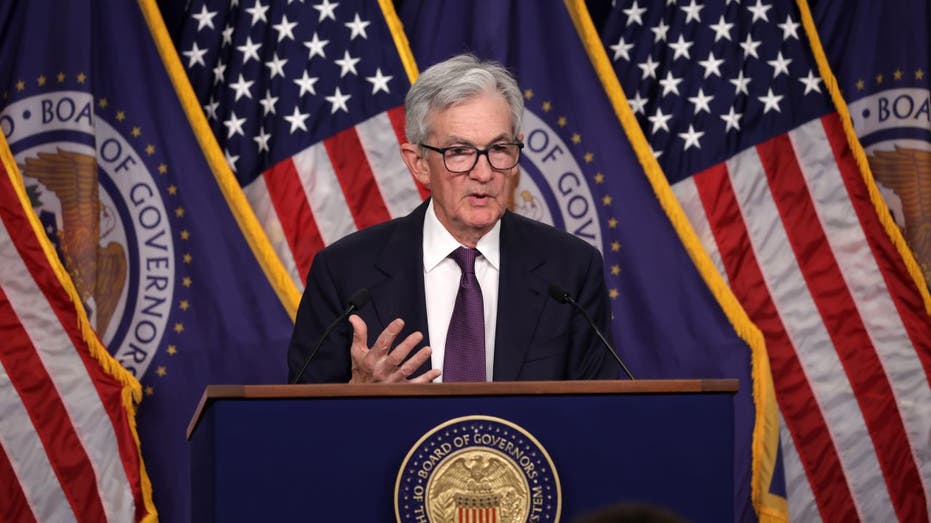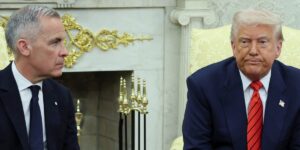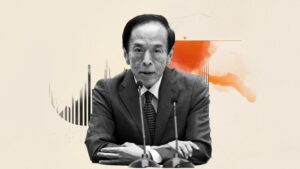Economic uncertainty brought on by President Donald Trump’s tariffs on U.S. trading partners is raising concerns that the economy could face stagflation if conditions persist.
Stagflation is a term used generally to describe a scenario in which economic growth is stagnant while it’s also experiencing high inflation, causing consumer prices to rise and potentially contributing to a weak labor market and, ultimately, higher unemployment.
Tariffs are taxes on imported goods, which are paid by importers who typically pass some or all of the higher costs they face on to consumers through higher prices, is a dynamic that has raised concerns about a resurgence of inflation. Consumers’ inflation expectations have risen in recent months in surveys by the Federal Reserve ahead of tariff-induced price hikes being tacked on to many consumer goods.
Recent economic data has added to concerns about the potential onset of stagflation. Data released last week by the Commerce Department showed that U.S. gross domestic product (GDP) contracted at an annual rate of 0.3% in the first quarter of 2025. That marked the first quarterly contraction in the U.S. economy since the first quarter of 2022.
US ECONOMY SLOWS SHARPLY, SHRINKING 0.3% IN THE FIRST QUARTER AS TARIFFS WEIGH
Ellen Zentner, chief economic strategist for Morgan Stanley Wealth Management, said of the report last Wednesday, “Even if today’s weak GDP may have partially reflected companies trying to get ahead of tariffs, it was still a stagflation warning shot over the bow of the economy. This type of data won’t soothe the markets, and it won’t make the Fed’s job any easier.”
David Bahnsen, managing partner and chief investment officer of wealth management firm the Bahnsen Group, told FOX Business in an interview that a stagflationary environment would pose a challenge to the Federal Reserve as the central bank looks to balance its dual mandate of fostering stable prices and maximum employment.
US TRADE DEFICIT HITS RECORD HIGH IN MARCH

“There’s almost nothing the central bank can do about stagflation because, in that case, the reason for higher prices is not monetary,” Bahnsen explained. “It would not be because there’s too much money chasing too few goods, it would be because there is an extrinsic upward pressure on prices as a result of tariff policy and new input driving prices higher that’s totally outside the domain of the central bank.”
Bahnsen went on to say that while he expects the Trump administration will pull back the bulk of its tariffs at some point, allowing price hikes to be unwound, the uncertainty surrounding the duration and extent of the tariff policy could cause an economic slowdown as businesses pull back investment as they wait for greater clarity.
“I don’t believe that the price increases are going to be permanent, mostly because I think the Trump administration is going to end up doing a big walk-back on most of the tariffs that they’ve been threatening,” he said. “I believe that the far bigger issue is the stagnation, which is, what is the slowdown in economic growth going to be because of the policies?”
“That’s my bigger concern, but I don’t really have the ability to answer it. I don’t really have the ability to game out how it’s going to go, because I don’t know if he’s going to pull back all the tariffs tomorrow,” Bahnsen said. “The magnitude of the economic impact and the length of the economic impact are all really directly correlated to how long a lot of this uncertainty goes on, and we just don’t have clarity on that right now.”
Read the full article here
















